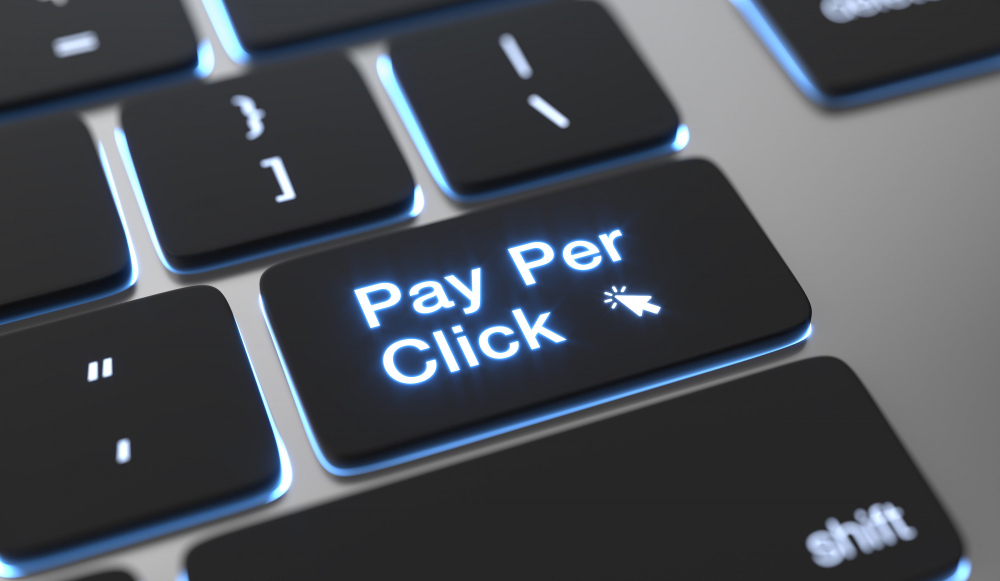
Pay-per-click (PPC) advertising has become one of the most effective and measurable ways to drive growth for startups, e-commerce brands, and CPG teams. In 2025, with global PPC ad spend projected to surpass $350 billion, mastering PPC isn’t optional — it’s a cornerstone of competitive marketing.
PPC empowers brands to reach ready-to-convert audiences at the precise moment they’re searching for solutions. Whether you’re launching a DTC brand or scaling a mature business, paid search and social ads can drive predictable, measurable, and rapid results that organic channels can’t deliver alone.
Its budget flexibility, advanced targeting, and measurable ROI make PPC crucial in a landscape where digital ad costs continue to rise. For forward-thinking marketers, PPC isn’t just a tactic; it’s a long-term growth strategy.
At Future Digital, we help brands integrate PPC into a broader omnichannel approach, ensuring that ad spend fuels sustainable growth across all channels. For a deeper look at how PPC complements other strategies, explore our guide on Marketing Channels That Drive Results.

PPC stands for pay-per-click — a core digital advertising model where brands bid to display ads on search engines, social platforms, or retail media networks and pay only when someone clicks.
Unlike organic SEO, PPC delivers immediate visibility at the top of search results or within apps, enabling targeted traffic and conversions. Popular PPC platforms include Google Ads, Meta Ads, Bing, LinkedIn, and Amazon Ads.
PPC advantages include:
PPC, CPC, and CPM are three foundational terms in digital advertising, each serving a distinct purpose. PPC (pay-per-click) refers to the overall advertising model in which advertisers pay whenever a user clicks on their ad, making it especially effective for driving website traffic and generating leads. CPC (cost-per-click) is the metric that quantifies how much an advertiser actually pays for each individual click, which makes it crucial for managing budgets and optimizing performance-driven campaigns. CPM (cost-per-mille), on the other hand, measures the cost for every 1,000 ad impressions, regardless of whether users click the ad or not. CPM is typically used for brand-awareness campaigns that aim to maximize reach and visibility rather than direct conversions.

Let’s talk about how data, creativity, and performance strategy can drive real growth.
Partner with Future Digital to turn insights into measurable results.
Success starts with robust keyword research — identifying the exact terms your audience uses. Tools like Google Keyword Planner and Amazon’s campaign builder help prioritize high-intent keywords.
Using negative keywords reduces wasteful clicks and boosts conversions.
PPC relies on real-time auctions. Platforms rank ads based on:
Common bidding approaches:
Set daily or monthly budgets, allocate more to high-performing campaigns, and scale incrementally. Prioritize campaigns that deliver measurable ROI.
Write clear, keyword-rich copy emphasizing value and urgency. Use compelling calls-to-action and test multiple variations (A/B testing) for headlines, creative, and landing pages.
Amazon PPC is vital for brands selling in the retail media space. Advertisers bid for ad placements in search results and product pages, paying only when users click.
Key Features:
Amazon’s retail-specific intent and closed ecosystem make its PPC model distinct from search or social platforms.
A mid-market e-commerce brand faced rising CPC and stagnant conversions. After restructuring campaigns, refining keywords, segmenting ad groups, and improving landing page quality, results included:
These gains highlight how strategic optimization can transform PPC performance.
To explore similar results, visit Future Digital’s Paid Media Services.

What is PPC advertising?
A digital model where advertisers pay only when their ad is clicked, making it cost-efficient and performance-oriented.
How does PPC differ from CPC and CPM?
PPC is the ad model; CPC is the cost metric; CPM is for impressions, typically used for brand awareness.
What’s the role of Amazon PPC in digital marketing?
Amazon PPC helps brands appear prominently in marketplace search results, driving conversions at high-intent touchpoints.
How can I improve my PPC ROI?
Focus on strategic bidding, negative keywords, testing creatives, optimizing landing pages, and leveraging automation.
PPC advertising is no longer just a quick-win tactic—it’s an essential growth driver for modern brands. To stay competitive in 2025, marketers need to pair strategic bidding, creative testing, and data-driven targeting with expert execution.
Future Digital specializes in building PPC strategies that integrate seamlessly into a brand’s overall growth plan. Our team delivers campaigns that not only lower costs but also scale ROI over time.
Ready to unlock PPC’s full potential? Visit Future Digital or explore our Paid Media Services to start building smarter campaigns today.